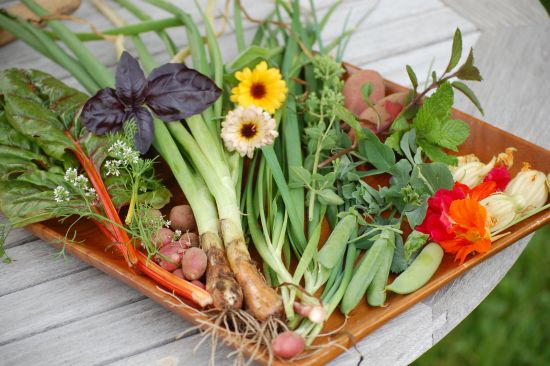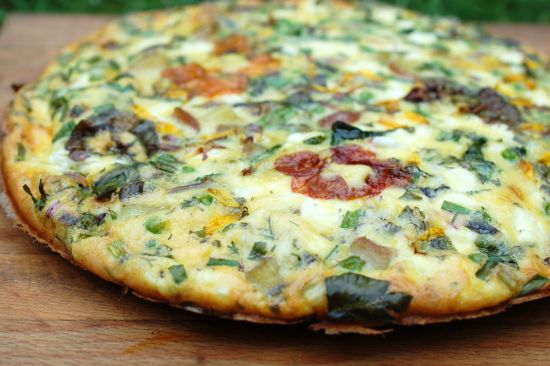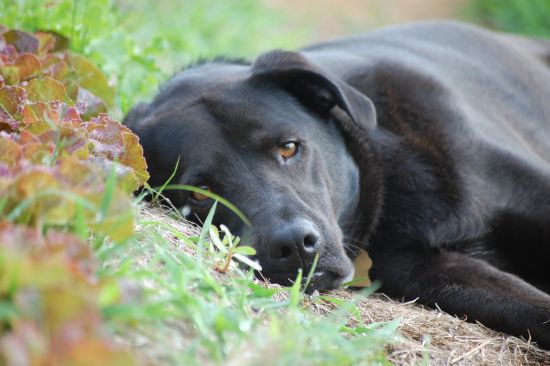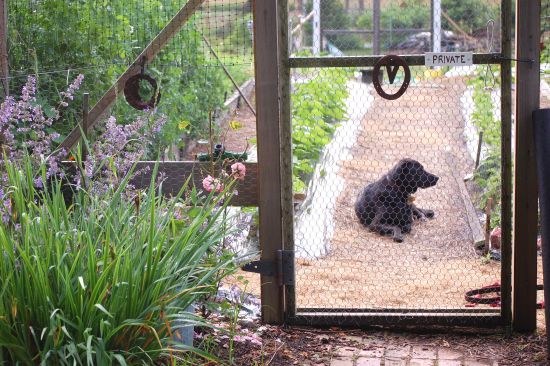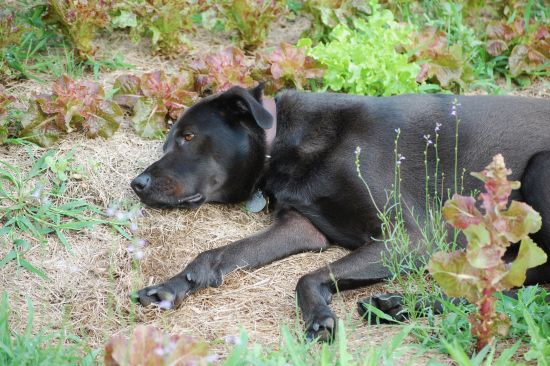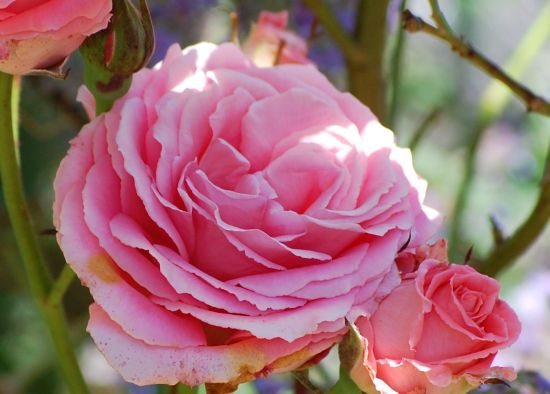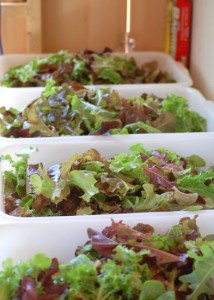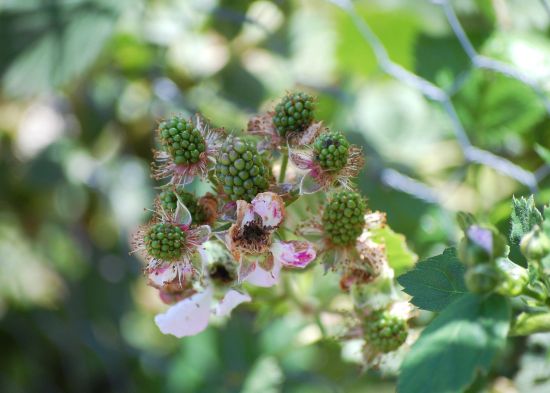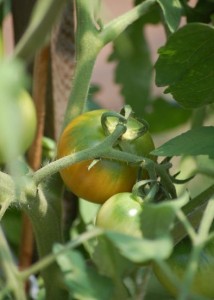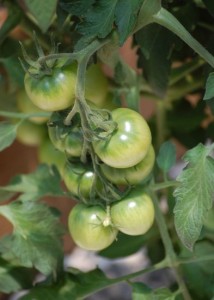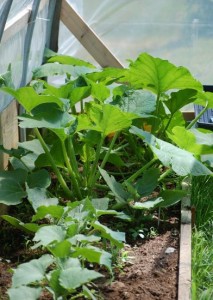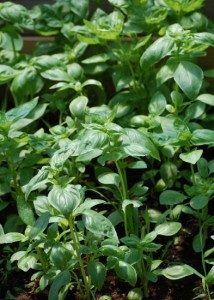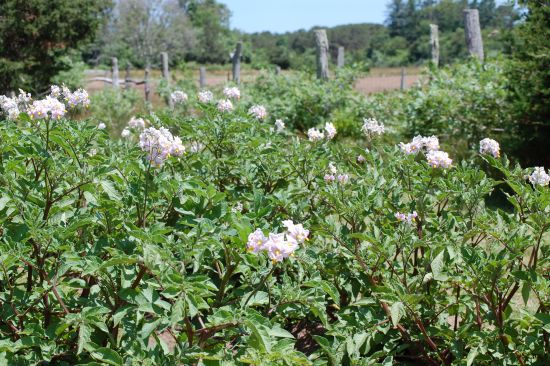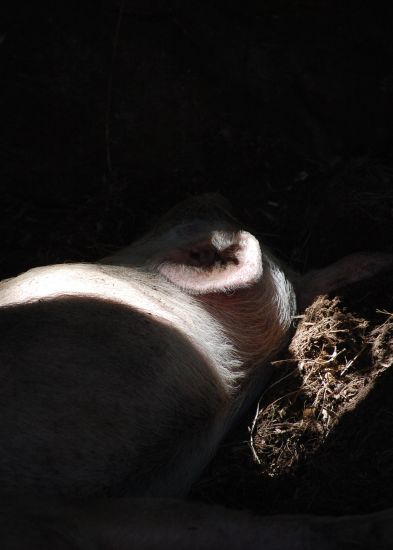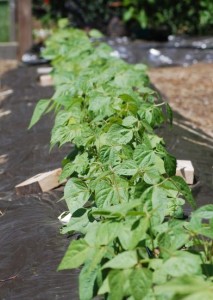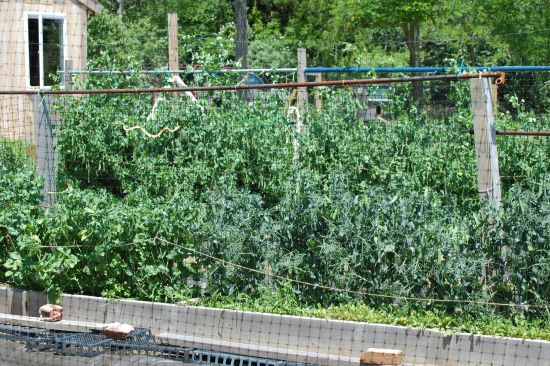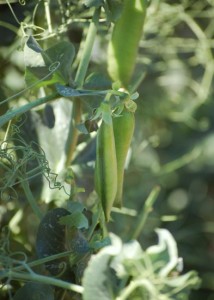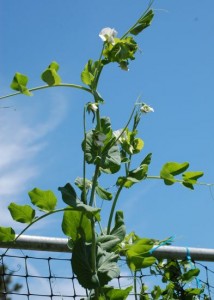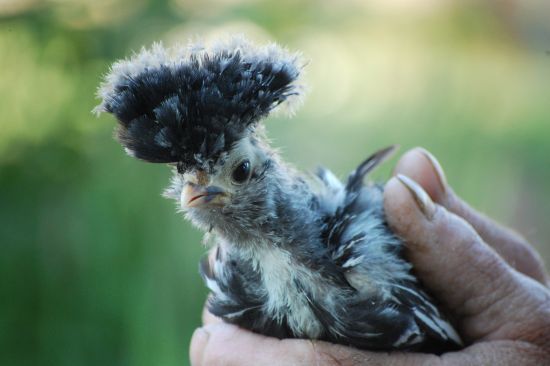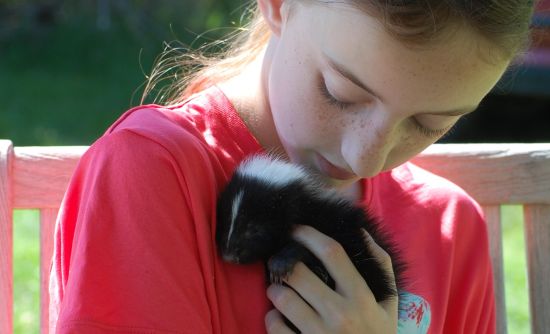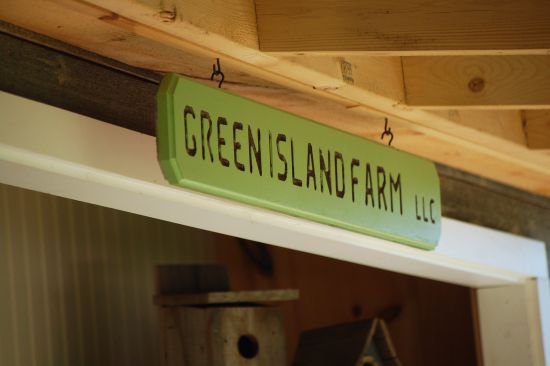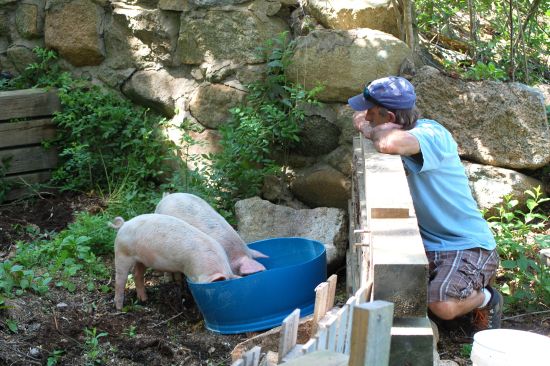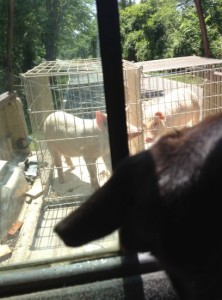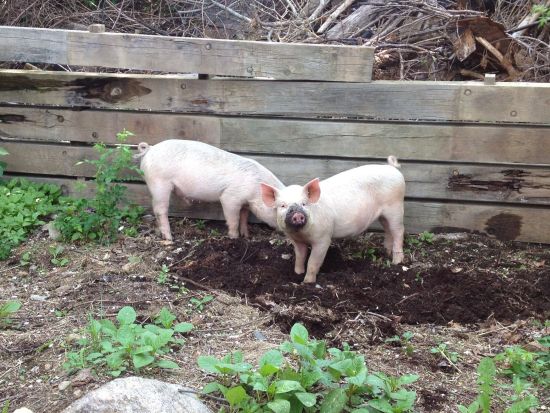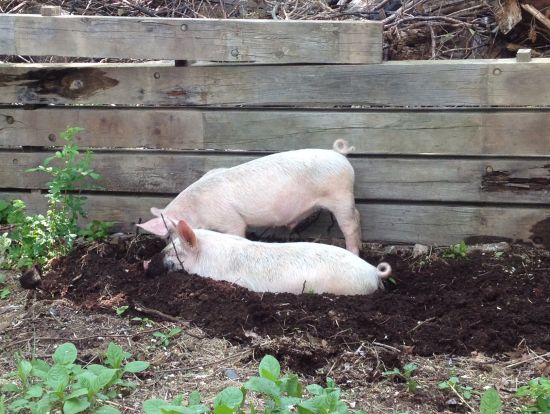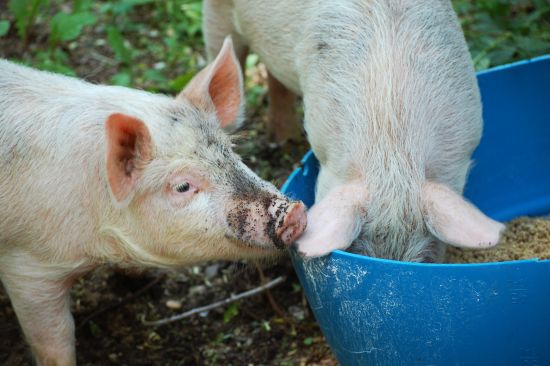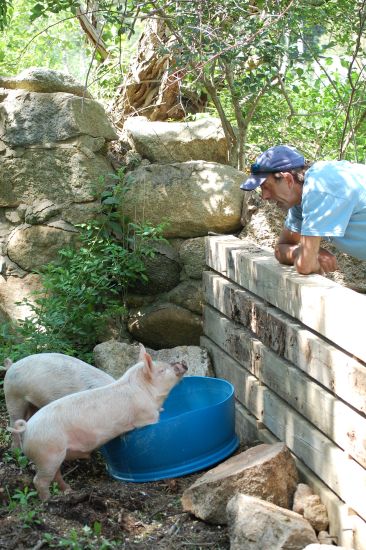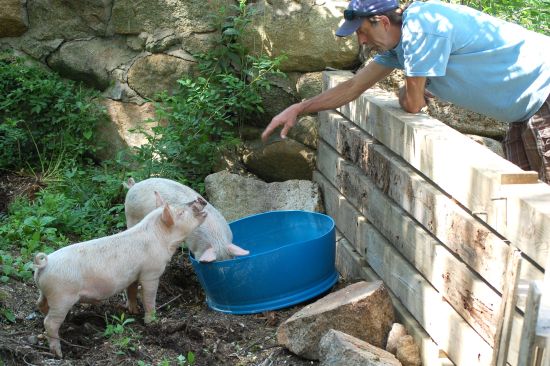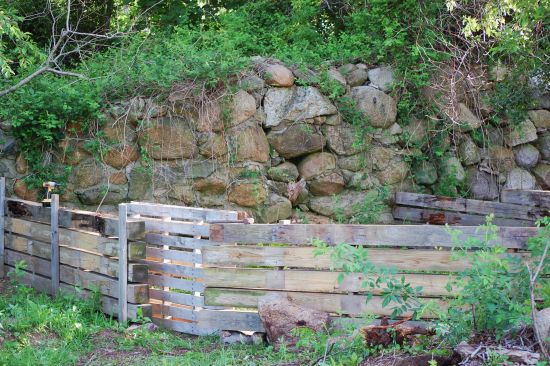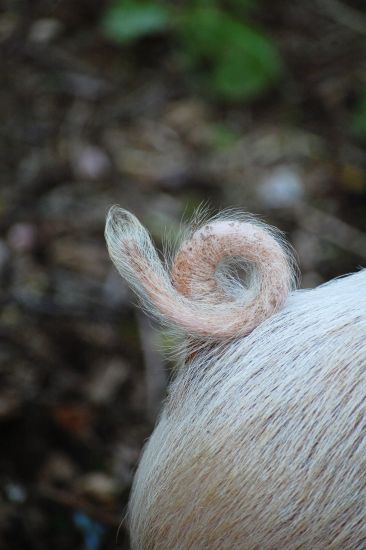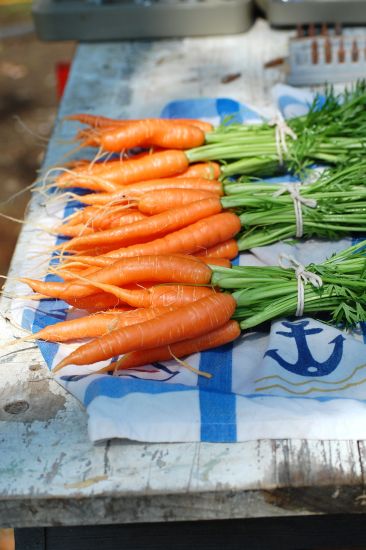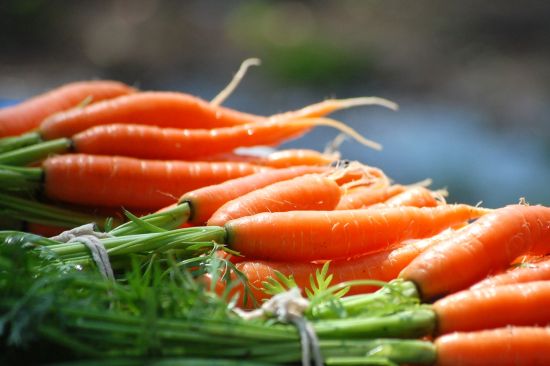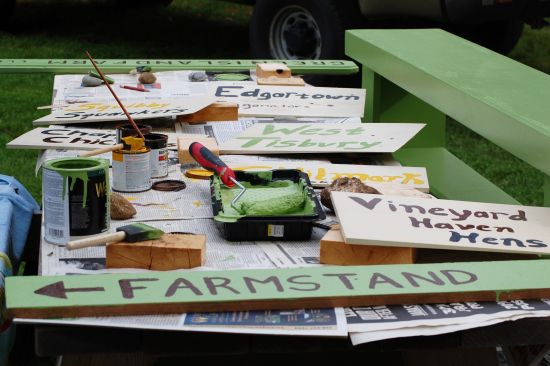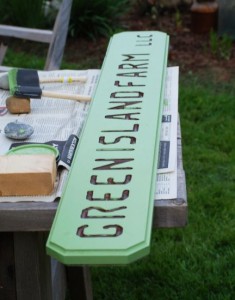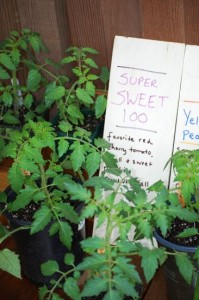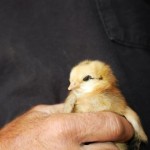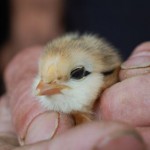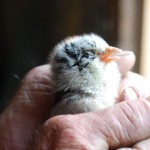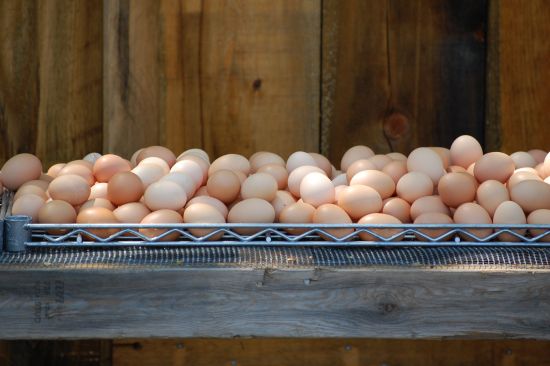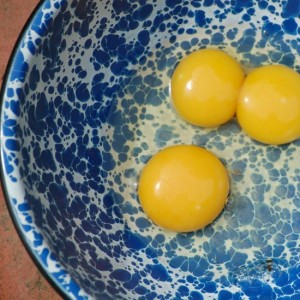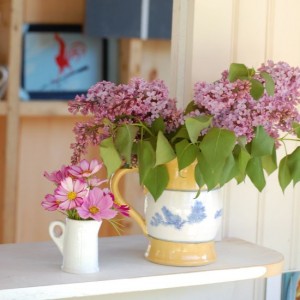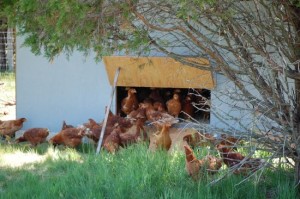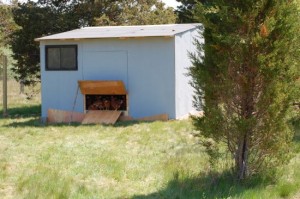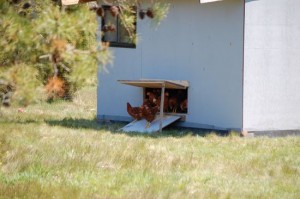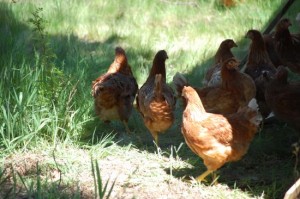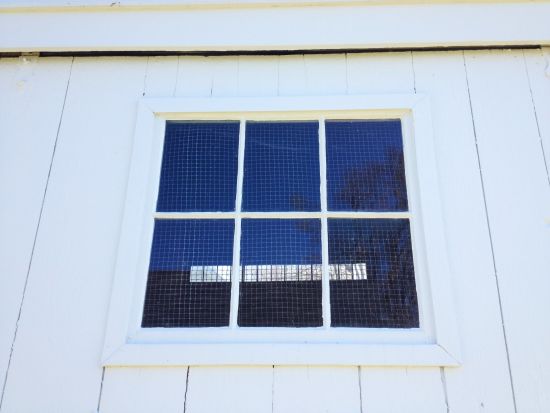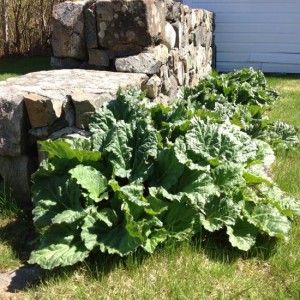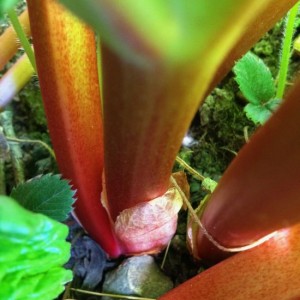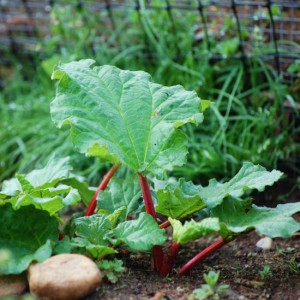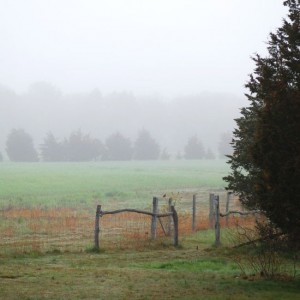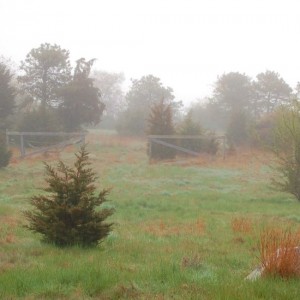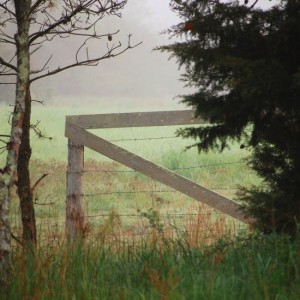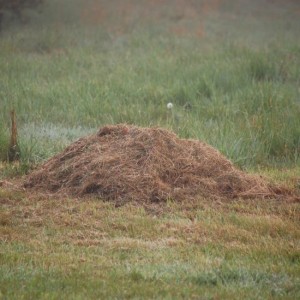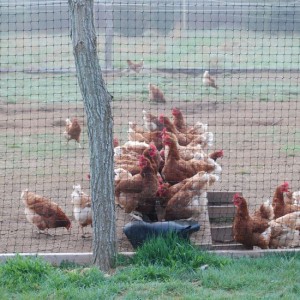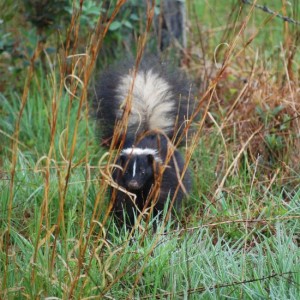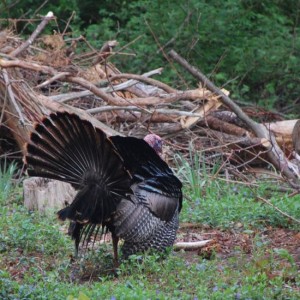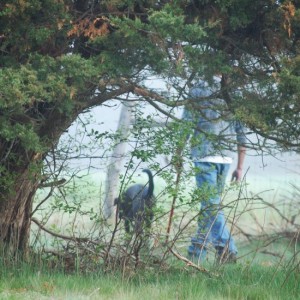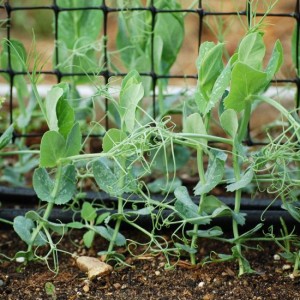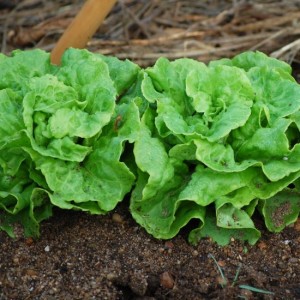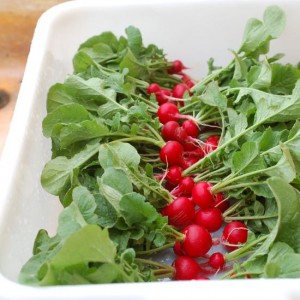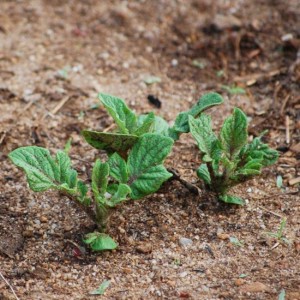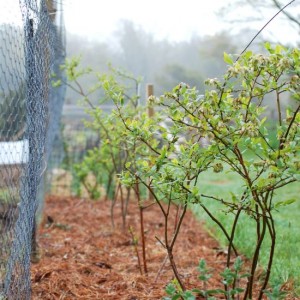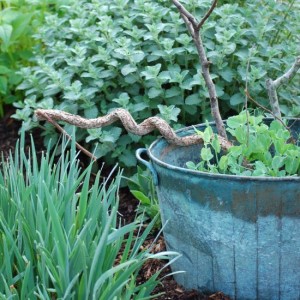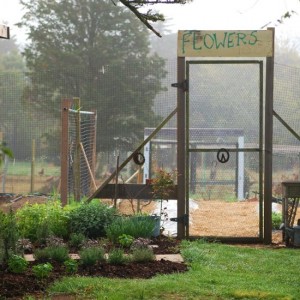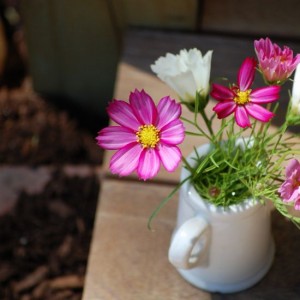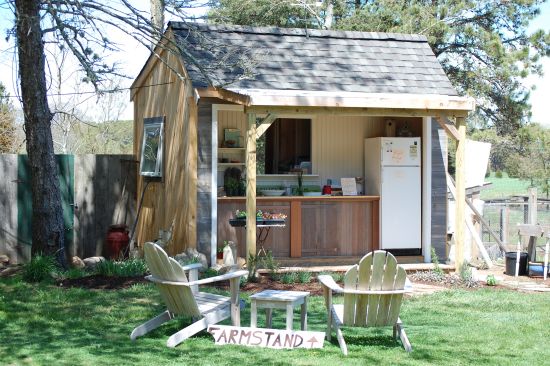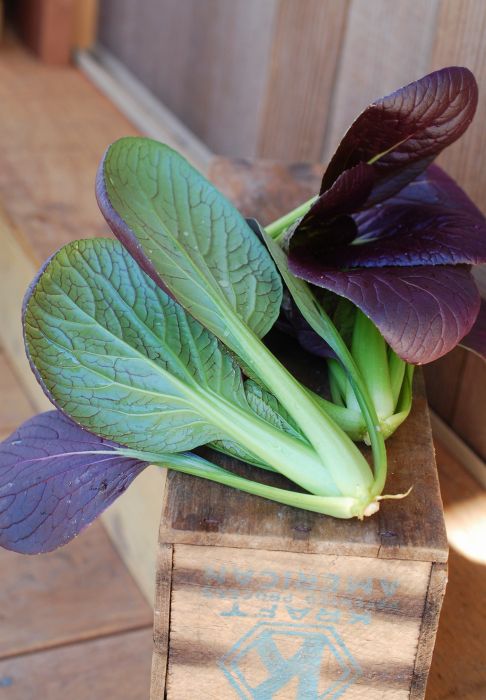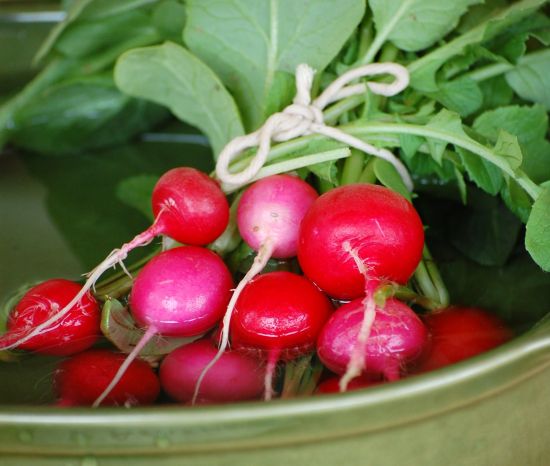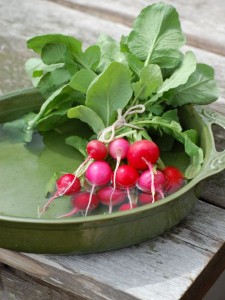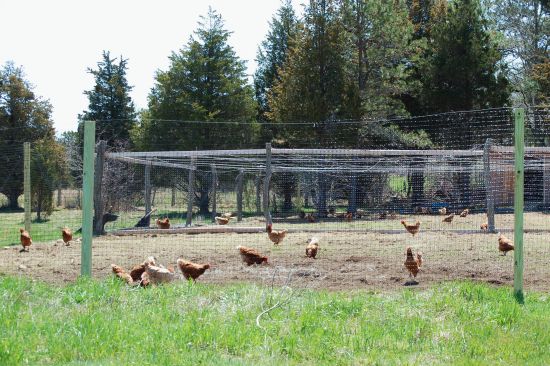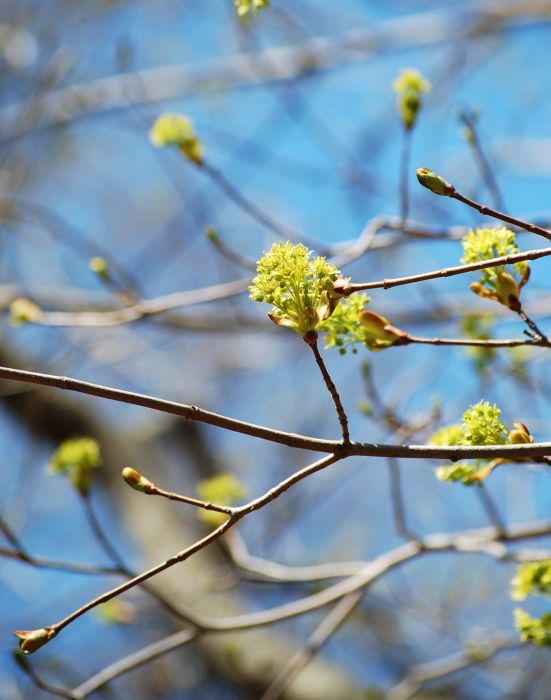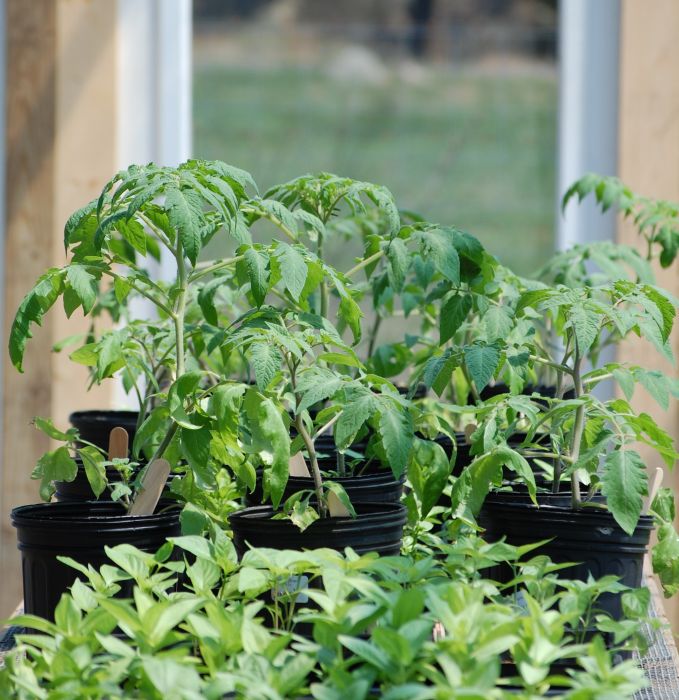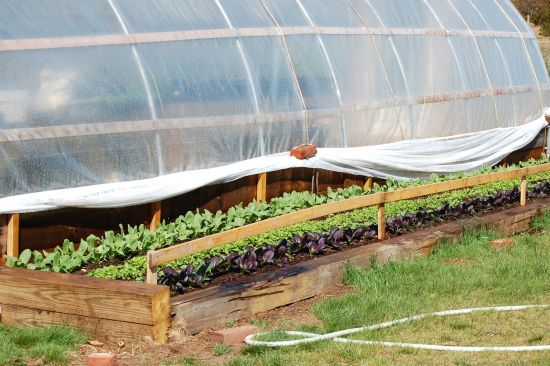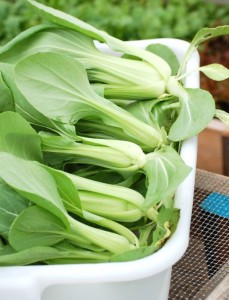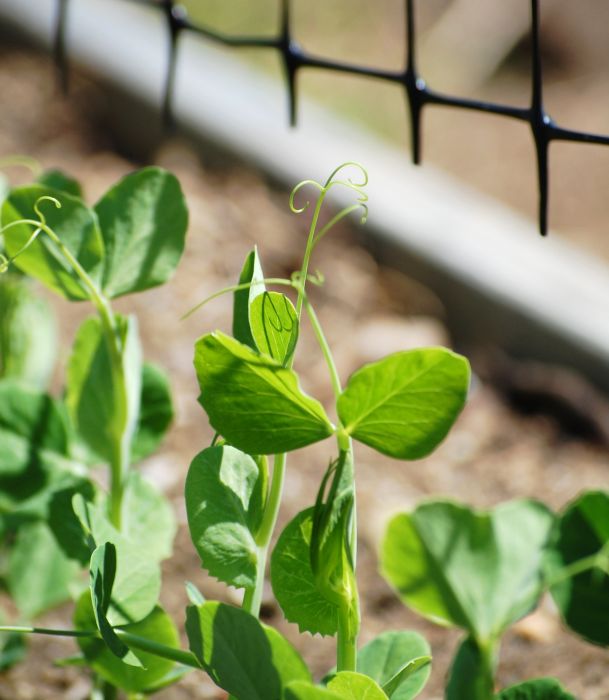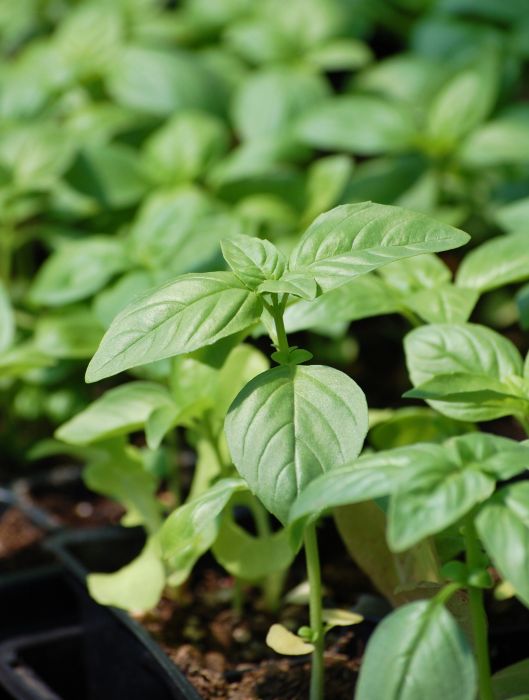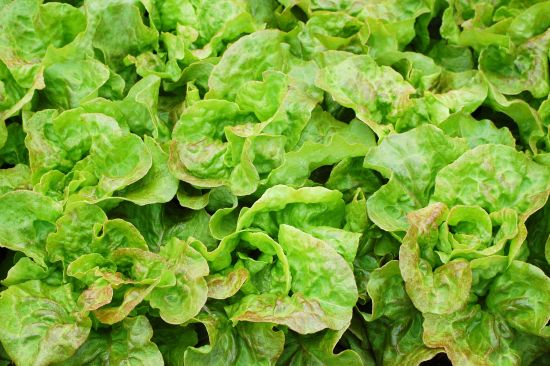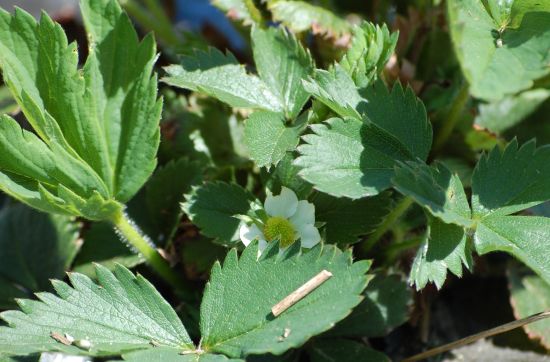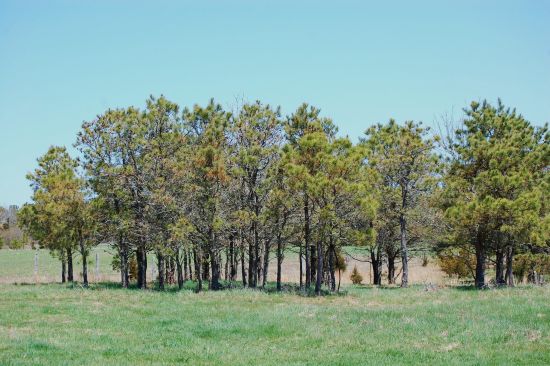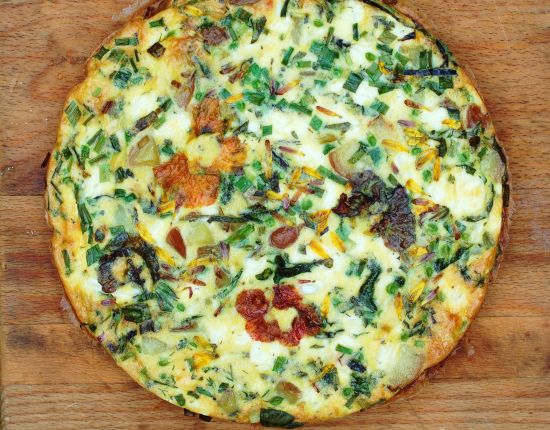 Late at night, after I’ve spent an entire day fooling around with vegetables, what do I do but curl up on the couch with a book about—vegetables! My new favorite cookbook is River Cottage Veg by the unstoppable British food writer, Hugh Fearnley-Whittingstall. I must admit, I’m fond of his pro-veg (rather than anti-meat) philosophy, because, well, it’s pretty much the point of view I offer in The Fresh & Green Table. But it’s more than that. I just plain like his food—honest and sensible but inspiring too. Somehow, this big hefty book, its thick matte pages covered from ear to ear with colorful but homey food photos and whimsical illustrations, feels like just the right thing to plunk on your lap at the end of a long day.
Late at night, after I’ve spent an entire day fooling around with vegetables, what do I do but curl up on the couch with a book about—vegetables! My new favorite cookbook is River Cottage Veg by the unstoppable British food writer, Hugh Fearnley-Whittingstall. I must admit, I’m fond of his pro-veg (rather than anti-meat) philosophy, because, well, it’s pretty much the point of view I offer in The Fresh & Green Table. But it’s more than that. I just plain like his food—honest and sensible but inspiring too. Somehow, this big hefty book, its thick matte pages covered from ear to ear with colorful but homey food photos and whimsical illustrations, feels like just the right thing to plunk on your lap at the end of a long day.
I only got to page six before I saw the thing I wanted to make for supper the very next day.
And I did.
Only I didn’t exactly follow Fearnley-Whittingstall’s recipe. I know, I know. (Insert sheepish look here.) But I’m really in the mode of “use what we have around” so into this lovely early summer frittata went all kinds of interesting things from the garden.
I started with 9 little pullet eggs. These are the smallest eggs our new chickens are laying (many of them have already upgraded to medium and large eggs). We don’t sell a lot of them, so they wind up as house eggs. Voila, 9 into a frittata—way to use those eggs up, Susie!
Next I went out to the garden with my home gardener/home cook hat on. (Not my market gardener/professional cook hat). And I picked little tiny bits of interesting odds and ends that happen to hang around when you grow a few of your own vegetables. I get a huge kick out of these things that you never see in a grocery store—cilantro flowers, pea greens, little tiny potatoes the size of marbles, spring onions, squash blossoms, garlic chives. I picked some flowering oregano, too. A few sprigs of mint. A couple stalks of Swiss Chard. Mature pea pods. A sprig of Purple Ruffles basil. Calendula flowers. Yeah, never in a million years could I get away with publishing a recipe like this in a book or a magazine. (I can only imagine the car trips one would have to make in search of that list of ingredients.) But once in a while, it’s fun to indulge myself, and to give a little not-so-subtle boost to the idea of growing just a tiny bit of your own food. If you like to cook, there’s no better way to become really familiar with an ingredient than growing it.
The two non-local ingredients I used were fresh goat cheese (about 4 ounces) and unsalted butter (a couple tablespoons). Oops, and a splash of heavy cream. (You could omit.)
I got out my 10-inch slope-sided nonstick skillet and melted the butter over medium heat. I preheated the oven to 350°, and put my potatoes in a saucepan of water to boil. I sautéed the spring onions, then the chard and the pea greens, in the butter.
I whisked the eggs, cream, salt, pepper, and all the herbs (chopped) together. I crumbled the goat cheese and added that to the custard. I transferred the cooked potatoes to the skillet with the greens and added just a touch more butter. Turned up the heat to a sizzle and poured in the custard. I scooted everything around with a spatula to evenly distribute it, scattered on the calendula petals, and nestled the nasturtiums in last. I turned up the heat ever so slightly and waited for the edges of the frittata to set. Then I carefully transferred it to the oven and set the timer for about 18 minutes. When it was puffed, firm in the middle, and lightly golden, I took it out to cool on a wooden board. (Frittatas are tastiest warm, not hot.)
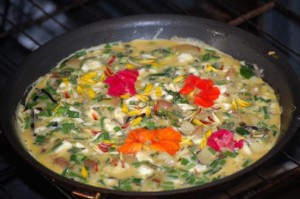 I took a picture of this concoction before it went in the oven, thinking the final product might look a little muddled or faded—or something. Well, it actually looked rather comely in the end. And it had great flavor—a big boost from the herbs and goat cheese, and those fingerlings really made it feel filling. Roy ate three pieces—and leftovers for lunch–which is saying a lot, in his language. I thought with all those flowers and herbs he might find it a bit too frou-frou.
I took a picture of this concoction before it went in the oven, thinking the final product might look a little muddled or faded—or something. Well, it actually looked rather comely in the end. And it had great flavor—a big boost from the herbs and goat cheese, and those fingerlings really made it feel filling. Roy ate three pieces—and leftovers for lunch–which is saying a lot, in his language. I thought with all those flowers and herbs he might find it a bit too frou-frou.
The thing is, you can make this frittata with any greens and herbs you can find—no calendula petals or cilantro flowers needed! So take a cue from Hugh Fearnley-Whittingstall (and a couple of budget-minded farmers who live on an Island where meat is very expensive!) and have an all-veggie supper once or twice a week. Next on my list (though I know better than to promise that I’ll follow the recipe) is his “Vegeree”—a spicy rice dish with roasted eggplant. Yum.

